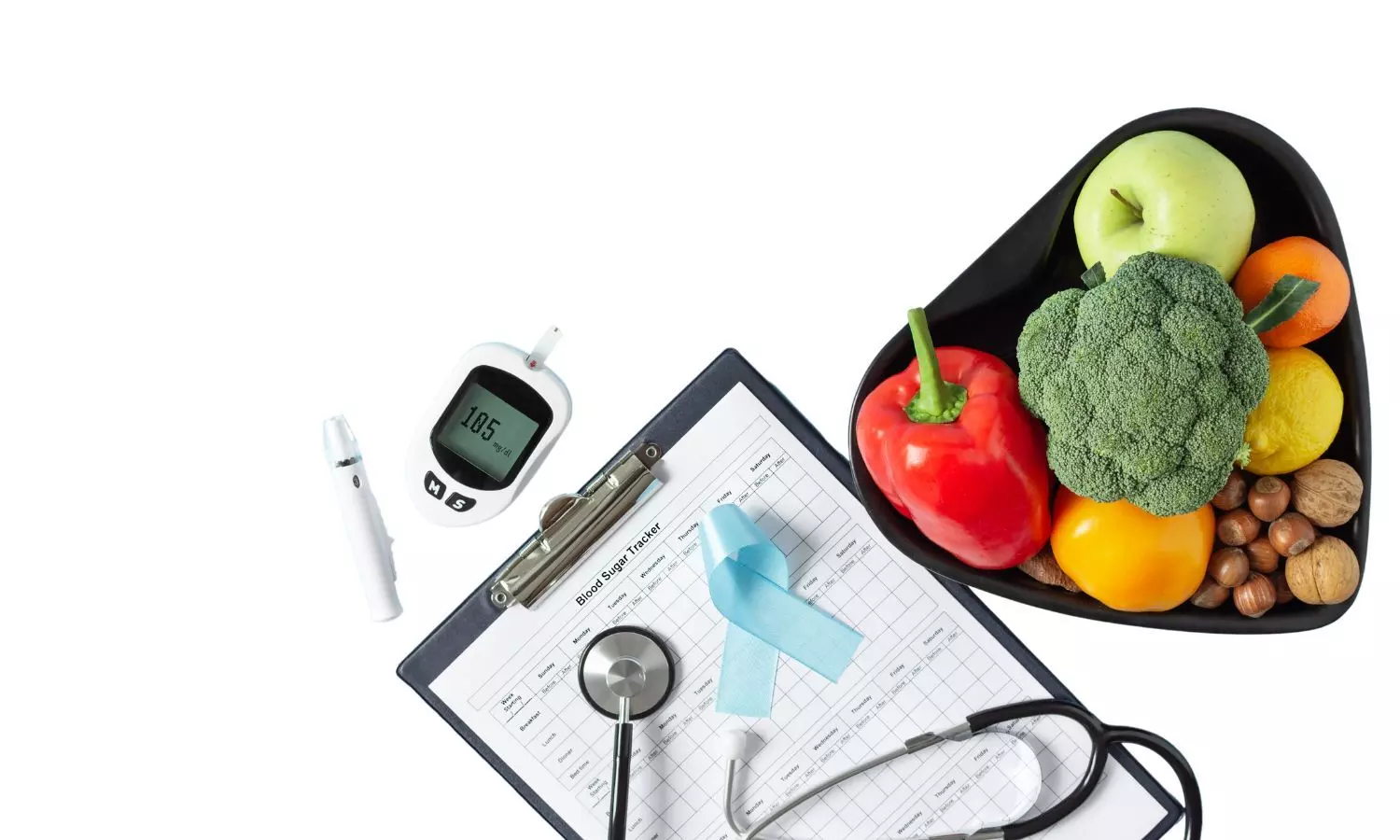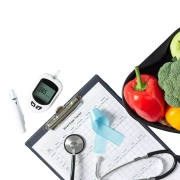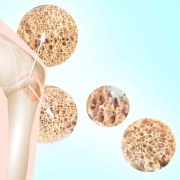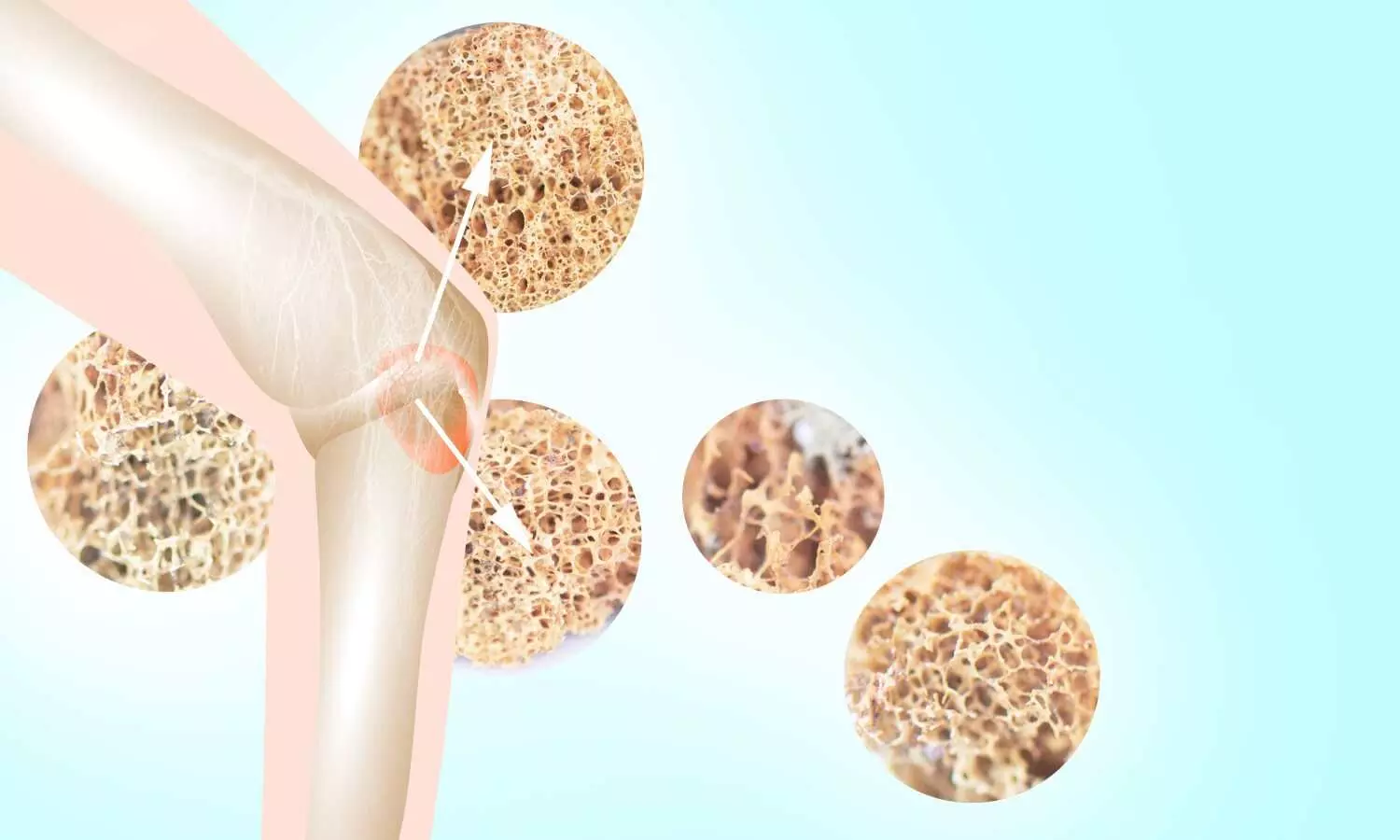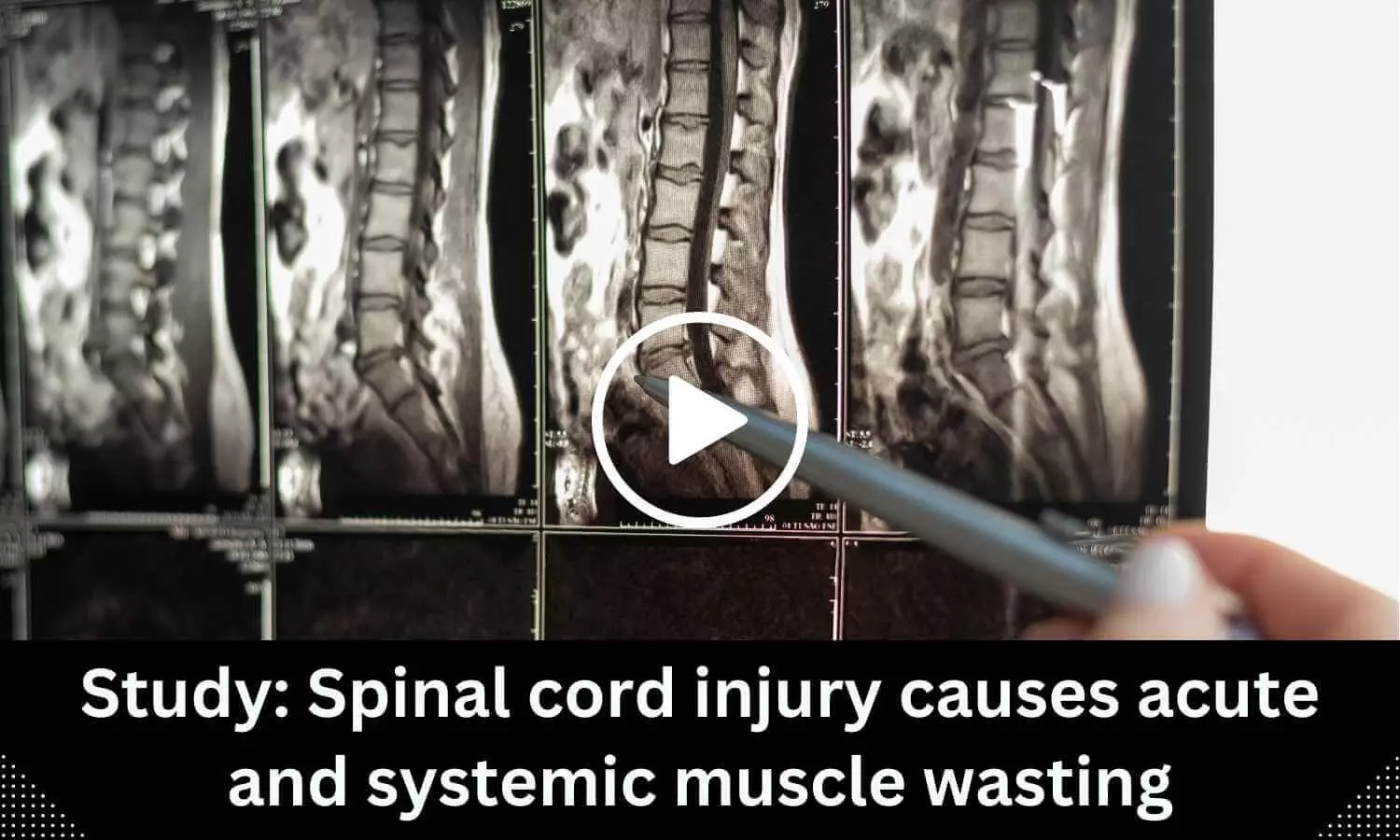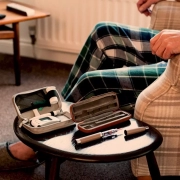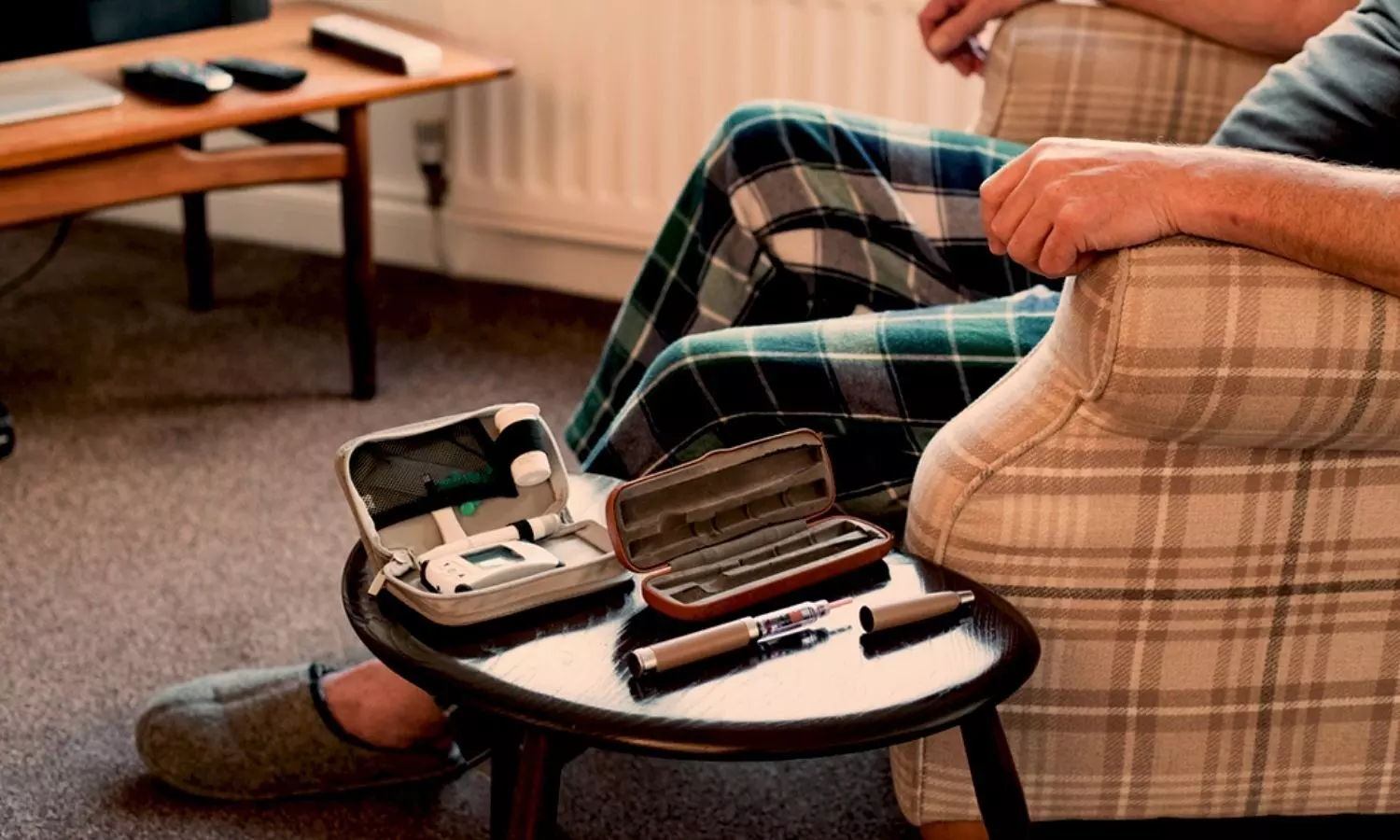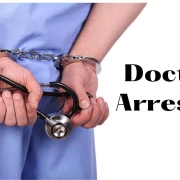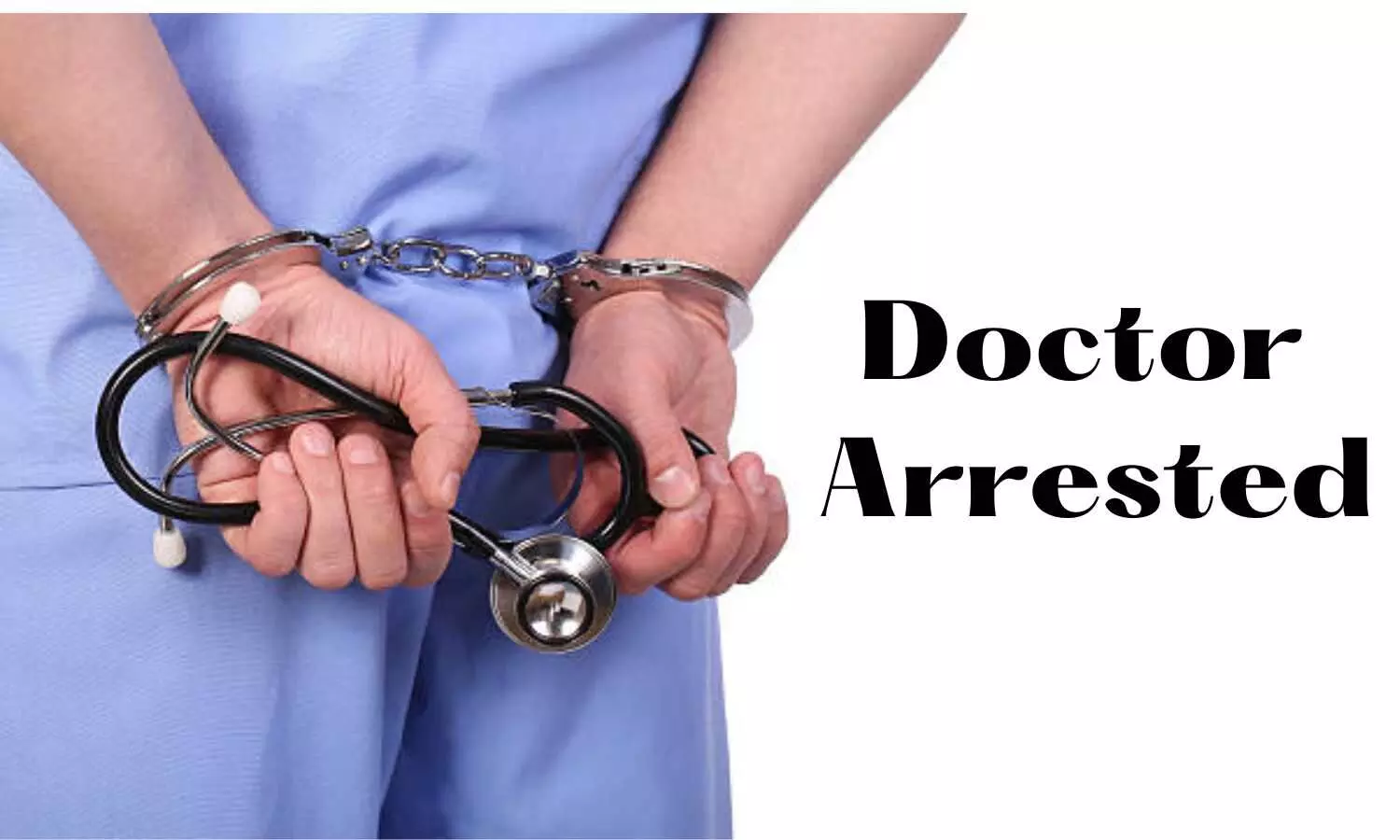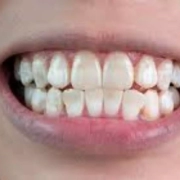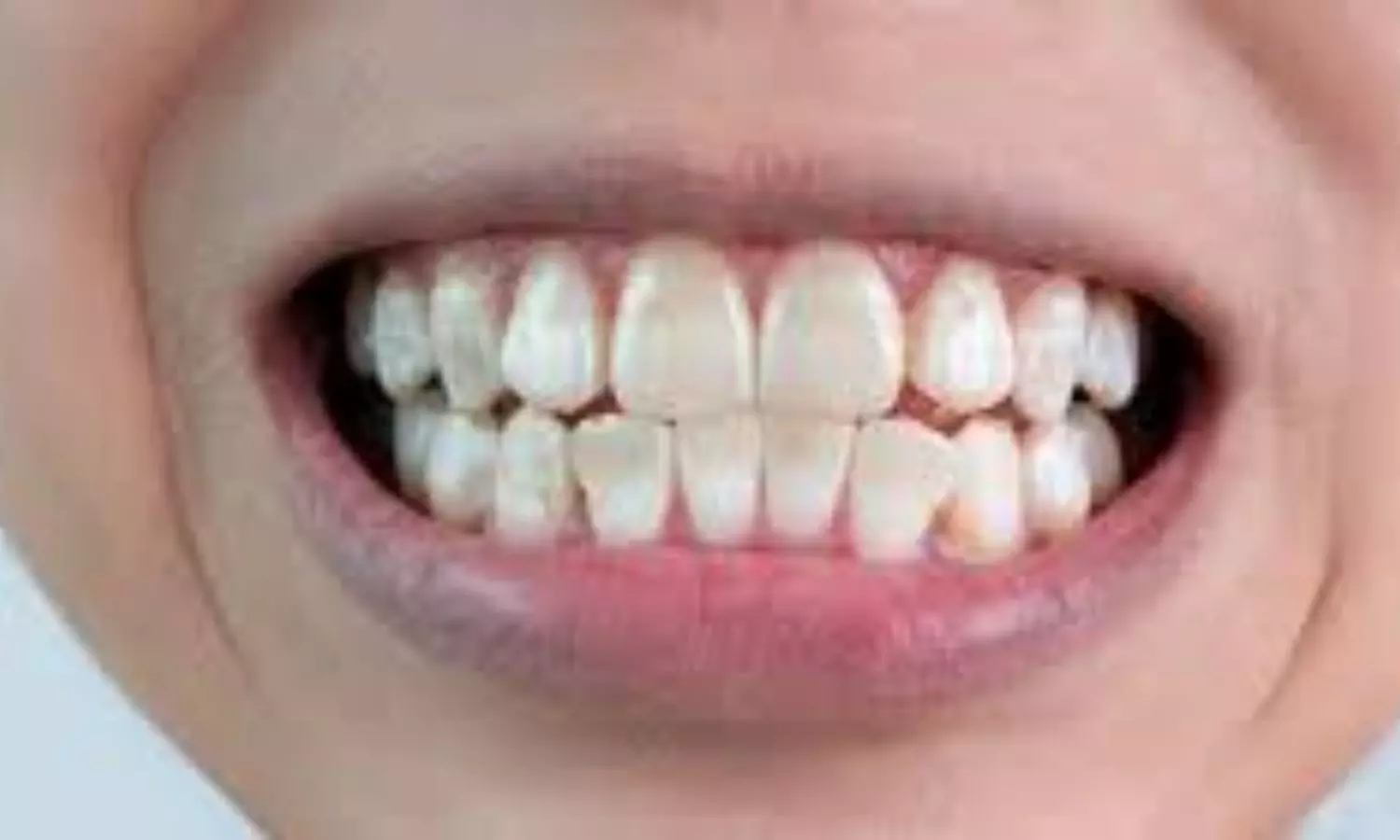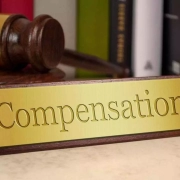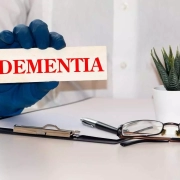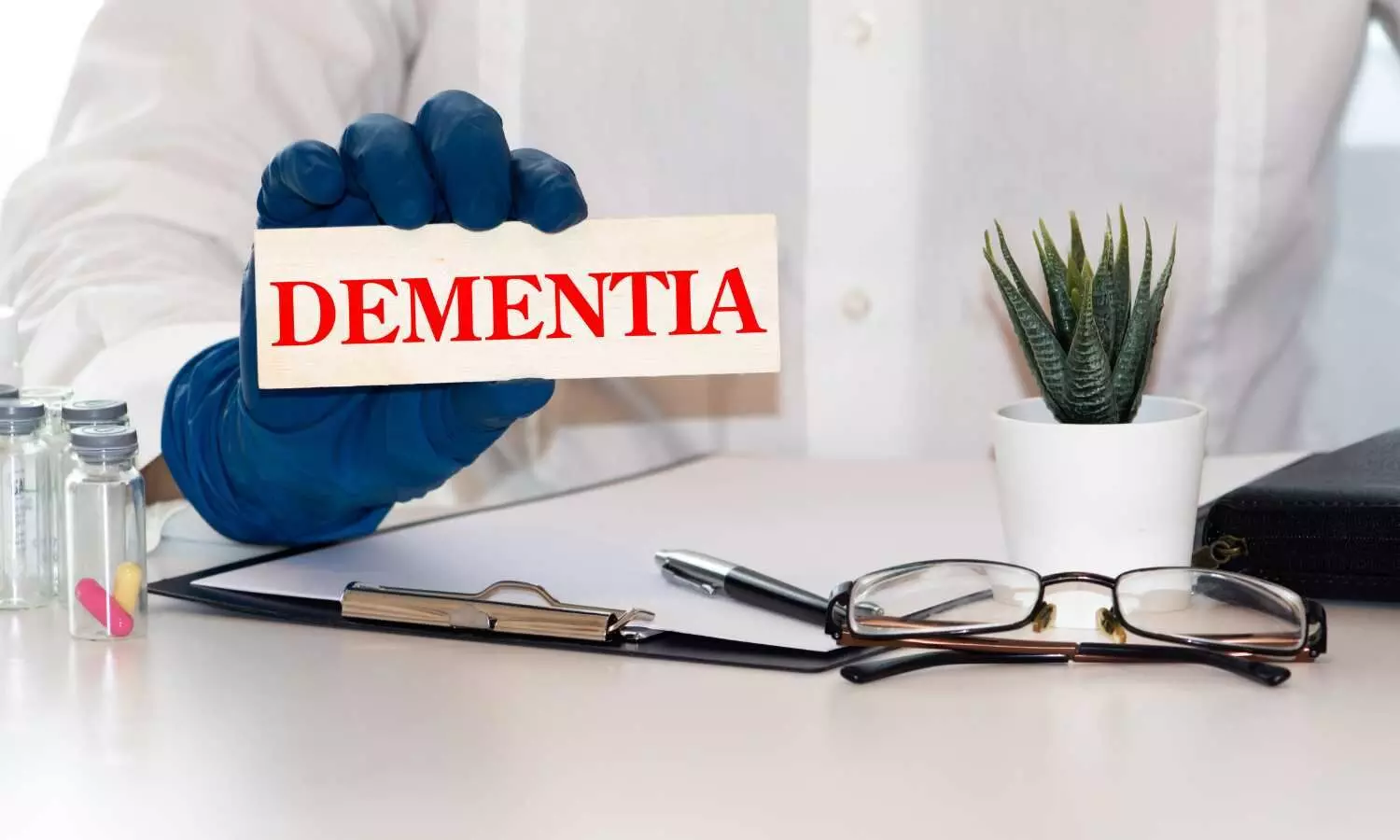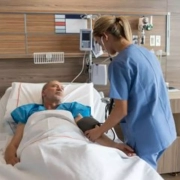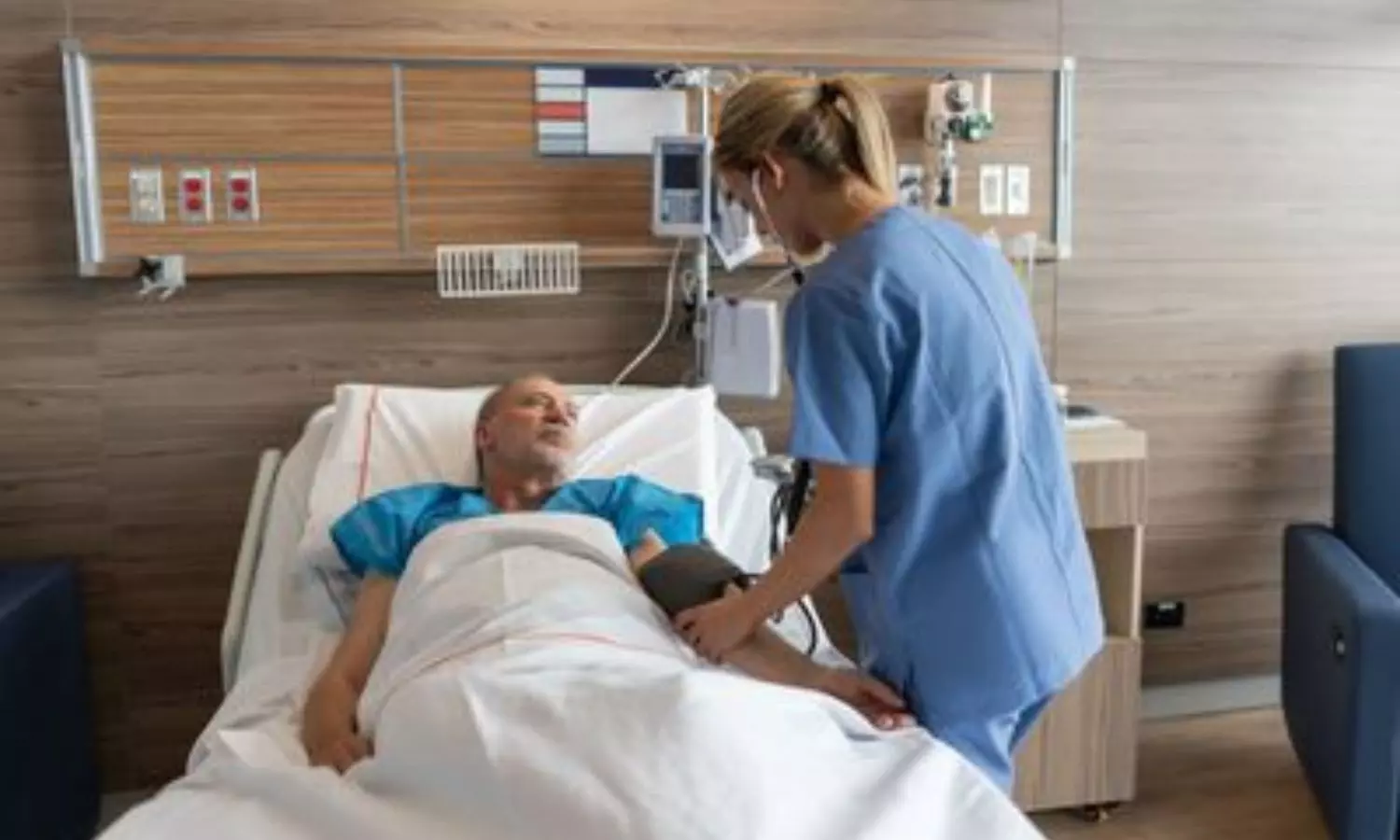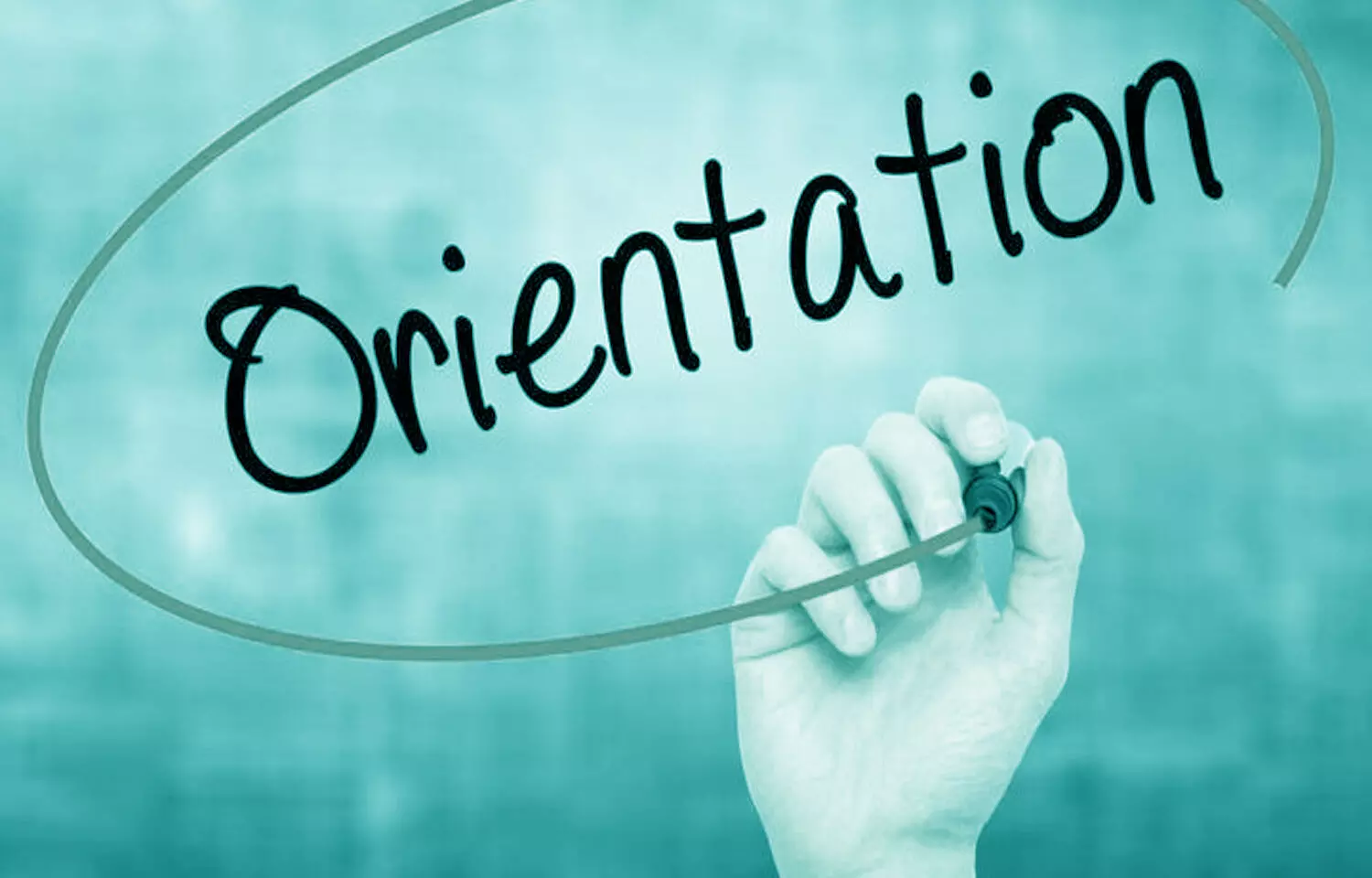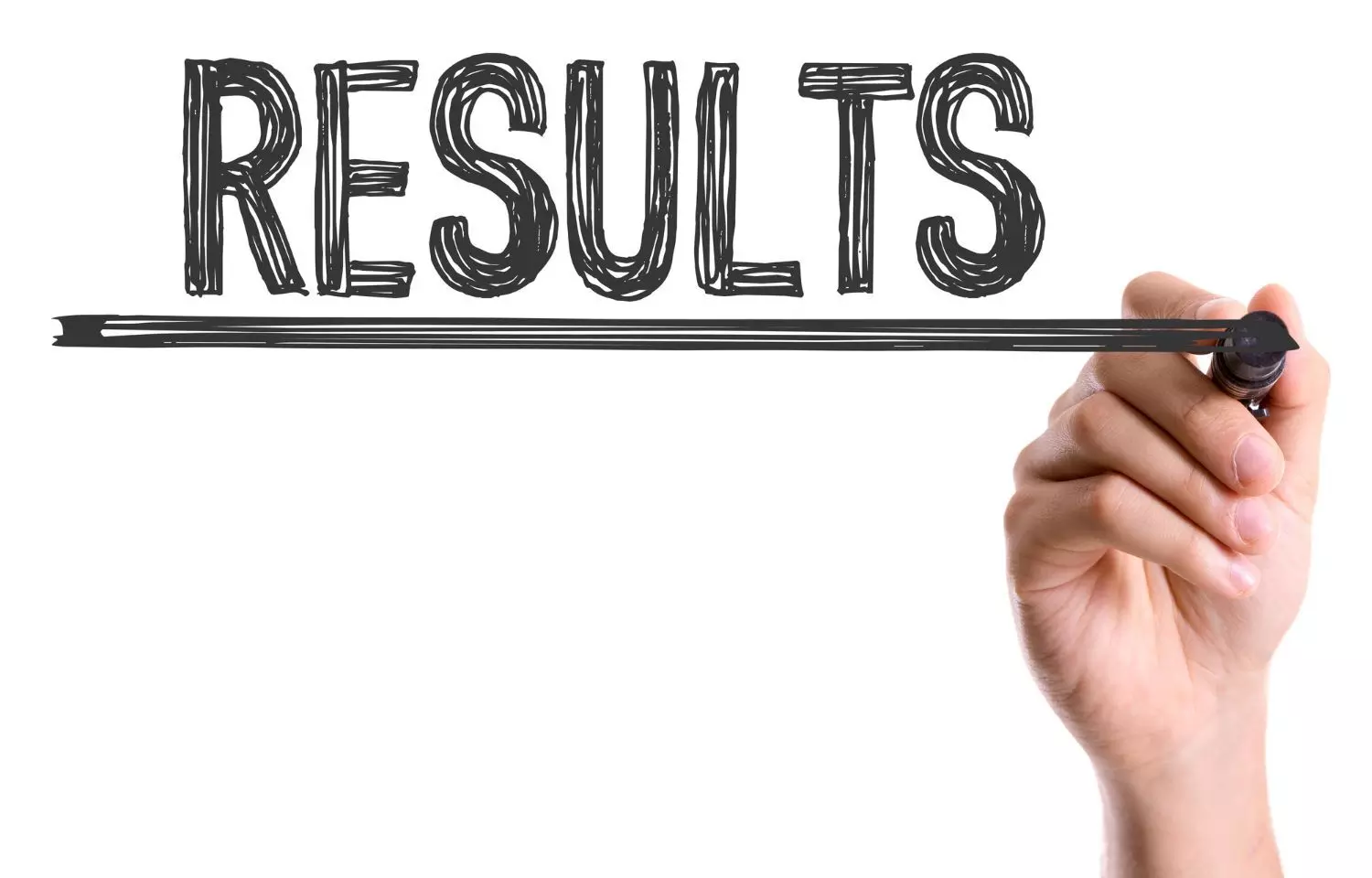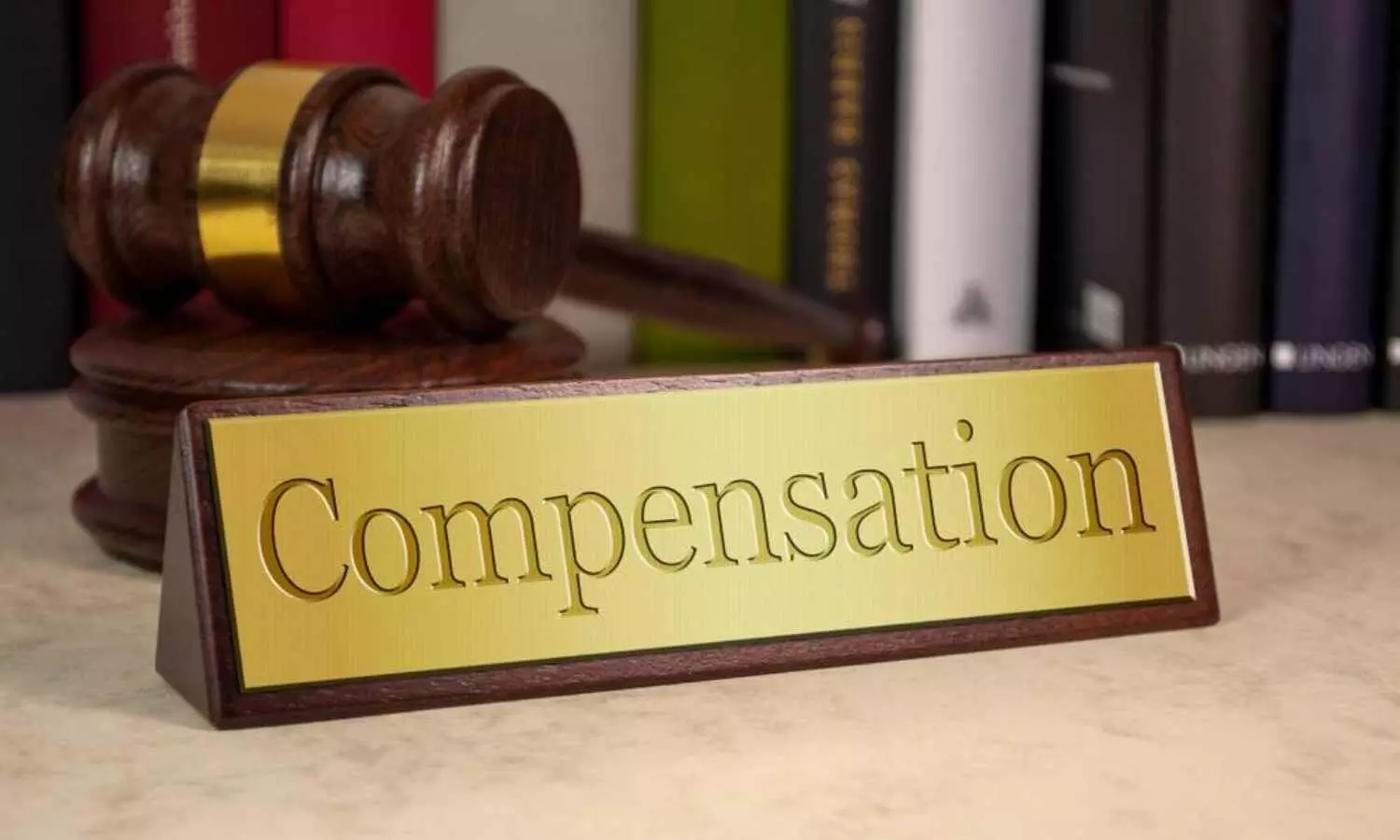
Hyderabad: The Telangana State Consumer Disputes Redressal Commission recently directed two doctors from a private hospital in Secunderabad to pay Rs 30 lakh compensation to a patient for alleged wrongful removal of a kidney.
It was alleged by the Complainant that his left kidney was removed by them during the hernia operation in 2009. In this regard, the complainant referred to several investigation reports at the later stage mentioning that the left kidney was not visualized properly.
While considering the matter, the State consumer court applied the principle of res ipsa loquitor and noted that the treating hospital represented by its two doctors could not prove that the left kidney was not removed but had shrunk due to atrophy and the same is not visualized and in this regard, they could not submit any evidence also.
The case concerned the complainant who was diagnosed with stones in the bladder in the year 2007. Allegedly, the doctor at the hospital had left the operated portion open in order to ooze out the pus that was formed inside and subsequently, the outer portion was sutured, leaving open the inner portion, and after one month he was discharged.
Following this, in the year 2009, the patient developed hernia due to which he approached Poulomi Hospitals where he was admitted and underwent all the investigations done by the hospital and the ultrasound scan of the whole abdomen was also taken. As per the complainant’s submission, the report mentioned that both the kidneys of the complainant were normal in contour and echo texture, the size of the right kidney was also noted as 96 x 48 mm; left kidney size: 117 x 60 mm.
Consequently, on 20.07.2009, the doctors at the hospital performed the surgery for Hernia and on 31.07.2009, the patient was discharged from the hospital. However, the patient was in regular touch with the Urologist Dr Madhekar who had been prescribing the medicines regularly. Due to the ill health of the complainant, he was asked to rest for several days and was further advised not to take physical strain.
Meanwhile, his health condition was deteriorating and therefore in 2011, the complainant went to Calcutta to visit his father-in-law on 10.10.2011. However, he developed severe stomach pain and approached Dr. Sarkar at Arogya Maternity & Nursing Home. He was admitted to the hospital on 21.11.2011 and he was operated for hernia and a mesh was put in order to protect him from further pain, and during his stay, there were several investigations and scans done and the doctor had informed that his “left kidney was not well visualised”.
At that time, the complainant allegedly realised that the treating hospital while conducting the hernia operation in 2009 had fraudulently in collusion with each other had removed his kidney without his knowledge, information and consent and the matter came to light only in 2011 when the doctor in Calcutta had informed him.
On 16.05.2022, the patient again developed severe stomach pain and thereafter he approached Kothagudem Area Hospital, who referred the patient to Medicare Diagnostic Centre for medical test, USG abdomen and pelvis. The concerned scanning report also revealed that the left kidney was not visualised. Again on 13.06.2012, the complainant visited Mamata Medical College Hospital, Khammam and the scan report there also revealed that the left kidney was not visible.
The Complainant alleged that he has been suffering since then due to fraudulent acts of the doctors at the treating hospital, who had fraudulently removed his left kidney.
Due to such culpable act of the opposite party, the complainant approached the AP State Human Rights Commission and registered a case which was referred to Kushaiguda Police Station, Cyberbad, who conducted investigations and inquiry and opined that the act committed by the doctors at the treating hospital was a deficiency of service and advised the complainant to approach Consumer Court and submitted the said report dated 4.2.2015.
It was alleged by the complainant that due to such fraudulent and deficient acts of the hospital doctors, the complainant had been suffering continuously since 2009. Due to this, the precious life of the complainant had been ruined, his life span was reduced and he developed several malfunctioning, his urinary system had also totally crippled his life due to which his marital status has also been affected and he has no children till date.
Approaching the consumer court bench, the complainant demanded a compensation of Rs 50 lakh with interest @ 24% p.a., from the date of complaint till the realization.
On the other hand, the doctors at the hospital pointed out that before coming to their hospital, the patient underwent treatment at Gandhi Hospital and underwent multiple surgeries. They also informed the consumer court bench that non-visualisation of the kidney does not necessarily mean that the kidney was removed. It was submitted that in case of atrophy of kidney, there is a possibility of non visualization of kidney and that there is no nexus between the surgery performed in 2009 and the alleged pain the complainant is suffering from.
Further, they pointed out that on the basis of the complaint made before the Human Rights Commission, the matter was referred to Kushaiguda police station and after conducting the inquiry, the concerned police found that there was no substance in the allegations made by the complainant.
It was further argued that to receive and kidney for transplantation, huge process and regulations are involved under the Special Act called “Organ Donation Act” and the donor of such kidney should be in a healthy condition whereas in the instant case, the complainant himself is suffering from stones in his kidneys and had underwent several surgeries for the same. Therefore, the question of removing the kidney does not arise.
Further, it was pointed out that to transplant the kidney from the donee to the donor both must be closely related and shall be in good health. The doctors further pleaded that after performing the PCNL for renal calculus and Hernia removal on 20.07.2009, an ultra scan was done on 28.07.2023 and the report categorically showed the presence of the left kidney admeasuring 123×63 mm and the same was allegedly shown to the complainant before his discharge.
It was further argued that since the complainant had not paid any consideration and availed the services under the Arogyasree Scheme, he does not fall into the category of Consumer and therefore, the complaint is not maintainable.
Referring to this contention, the consumer court noted that “It is a fact borne by record that the complainant has not paid any consideration to the opposite parties but the Government has paid the consideration on behalf of the complainant hence it implies that the complainant has paid the valid consideration and had availed the services of opposite party as a beneficiary as such he falls into the definition of ‘consumer’.”
While considering the allegations that the left kidney of the patient was fraudulently removed, the Consumer Court noted that when the complainant visited the hospital for treatment of hernia in 2009, both his kidneys were normal and the ultrasound scan dated 09.07.2009 revealed the same.
The Commission noted that the complainant’s case was based on the whole abdomen report dated 18.11.2011 of Medvue Medical Services, Kolkata and the USG Abdomen and Pelvis report dated 16.05.2012 of Medicare Diagnostics, Kothagudem, Ultra Sonography of Abdomen/Pelvis report dated 13.06.2012 of Mamata General & Super Speciality Hospital, Khammam and USG Abdomen and Pelvis report dated 18.07.2014 of Medicare Diagnostics, Kothagudem.
In all these reports, it was reported that the “left kidney not visualised”. Therefore, based on these documents, the complainant stated that when he visited the hospital, both his kidneys were normal and the doctors at the hospital while performing the Hernia operation had fraudulently removed his left kidney.
The Commission noted that the hospital doctors appeared and filed the written version but they failed to file any evidence affidavit nor any documents and had contended in the written version that in case of Atrophy of kidney, the kidneys will not be visible.
“In a medical negligence case, when negligence is alleged and the complainant has supported his allegations with documentary evidence, the burden shifts on the opposite party to prove that they were not wrong and have rendered their services diligently, but in the instant case the opposite party did not choose to file any evidence nor had put any efforts to prove that the kidney was not visualised due to atrophy,” noted the Commission.
Further, it noted that the doctors at the treating hospital had specifically stated that at the time of discharge from the hospital and ultrasound was done on 28..07.2009 to study the left lumbar region post-operation and the left kidney was well visible in the said report with a measurement of 123×62 mm. However, the Commission noted that “no such report is filed before this Commission”.
Observing that the Commission is not medical expert to analyse and conclude that in case of Atrophy, the kidney will shrink to the extent that it becomes invisible, the Commission noted that it was for the doctors at the treating hospital to furnish such proofs.
“A mere statement will not suffice, the same has to be established and proved with cogent evidence, the opposite party failed to substantiate their contention with sufficient evidence or medical literature. In the absence of the same an adverse inference can be drawn against the opposite parties that they might have certainly played some mischief with the complainant at the time of surgery for hernia in the year 2009,” mentioned the consumer court.
Meanwhile, the doctors at the hospital remained silent and to come to a truthful conclusion, the Commission sent the complainant for examination to the Gandhi Govt. Hospital at Secunderabad and instructed to examine the complainant and to report whether the left kidney of the complainant is visible or is removed by surgical intervention.
Accordingly, the Gandhi Hospital conducted the examination and sent a report on 19.07.2023. However, the Commission noted that the report was not conclusive in nature, because it was not supported with any pathology report nor the films of MRI etc. At one point the report mentioned that the left kidney “Not visualized” and at the same time it also mentioned that the left kidney has a calculus in it.
Therefore, the Commission held that the report by Gandhi Hospital cannot be relied upon. Meanwhile, the Commission noted that the doctors of the treating hospital, despite being aware of the fact that the complainant was sent for examination to Gandhi Hospital, did not choose to come forward and give any explanation.
At this outset, the Commission referred to the Supreme Court order in the case of CPL Ashish Kumar Chauhan Vs Commanding Officer and others, where the Apex Court relied on its earlier decisions invoked the principle of Res Ipsa loquitor.
Applying the same principle, the Commission noted that the Complainant by producing the documents substantiated that his left kidney was not visualized and alleged that the same was removed by the doctors at the treating hospital without his consent during the surgery for hernia.
“These documents speak for themselves, in view of these documents the burden shifts on the opposite party to prove that the left kidney was not removed but had shrunk due to atrophy and the same is not visualized but no such evidence is forth coming from the opposite parties,” noted the Commission.
Holding them negligent, the Commission held,
“Therefore based on the above discussion and failure on the part of the opposite party to produce the crucial document ‘ultra scan’ dated 28.07.2009 and the silence of the opposite party in not coming forward with any sort of explanation supported with evidence and medical literature, all these acts and avoiding and escaping behaviour of opposite parties leads us to irresistibly conclude that the opposite parties under the guise of Hernia operation had illegally removed the left kidney of the complainant, the opposite party had taken undue advantage of the ignorance of the complainant and deceived him, thereby not only causing organ loss to the complainant but the complainant is forced to live with the fear, frustration and disappointment.”
While considering the issue of compensation, the Commission observed that “…strictly speaking the act committed by the opposite parties are criminal in nature.”
It noted that no amount of compensation will restore the loss suffered by the complainant,
“Since due to the act of the opposite parties, the life expectancy of the complainant has come down and he is forced to live with one kidney, what will the fate of the complainant be if unfortunately his right kidney fails.”
Therefore, the Commission ordered Poulomi Hospitals represented by Urologist Dr. Madhekar and another Dr. Behara to jointly and severally pay Rs 30 lakh as compensation and another Rs 25,000 as costs.
To read the order, click on the link below:
https://medicaldialogues.in/pdf_upload/telangana-state-commission-rs-30-lakh-compensation-228797.pdf
Also Read: Death after Anaesthesia administration during implant removal :Bengaluru Hospital, Doctors to Pay Rs 38 Lakh Compensation
